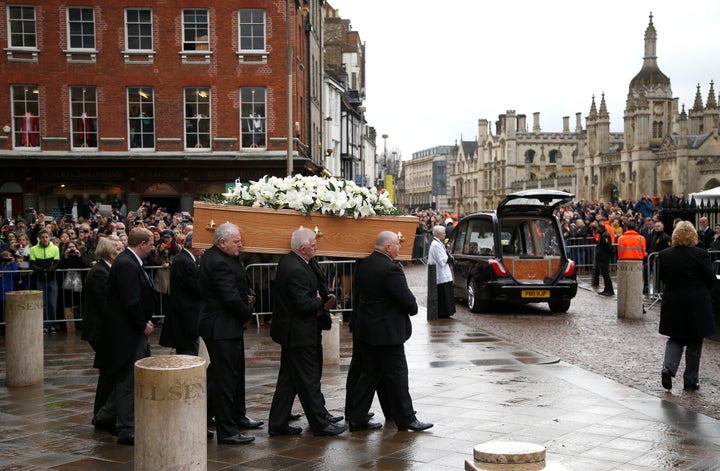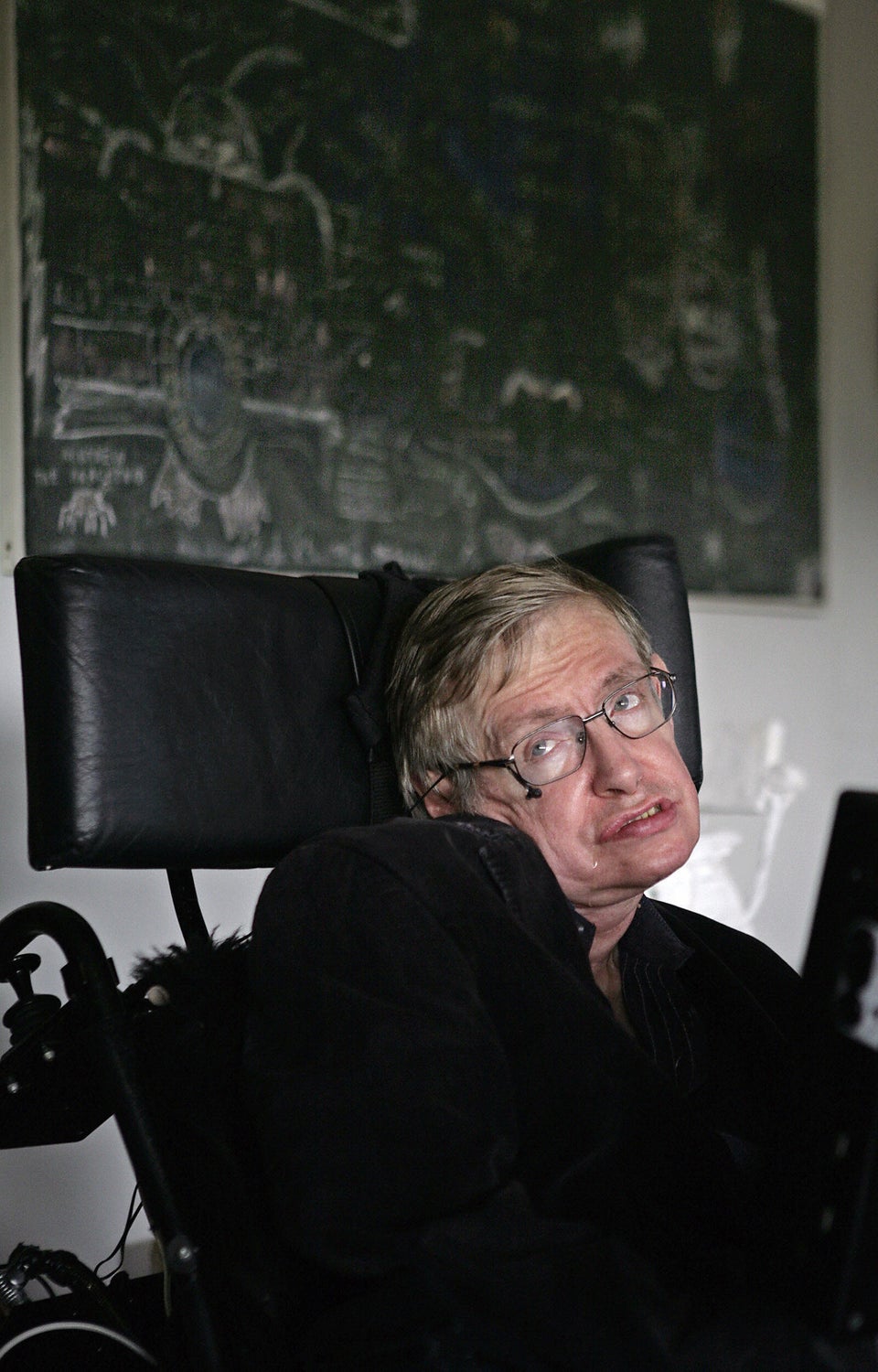
British physicist Stephen Hawking may have died in March, but his legacy is still unfolding.
The prominent theoretical physicist and cosmologist co-authored a research paper about the existence of parallel universes similar to our own, which the Journal of High-Energy Physics posthumously published on Friday.
According to the BBC, the study was submitted to the open-access journal shortly before Hawking’s death.
Thomas Hertog, a co-author of the study, told the BBC that he and Hawking were wrestling with the idea that the Big Bang actually resulted in the creation of multiple “pocket universes” that exist throughout space. It was unclear to them whether the laws of physics that apply in our universe would also apply in these alternate universes.
“In the old theory there were all sorts of universes: some were empty, others were full of matter, some expanded too fast, others were too short-lived. There was huge variation,” said Hertog, a physics professor at the Catholic University of Leuven (KU Leuven) in Belgium. “The mystery was why do we live in this special universe where everything is nicely balanced in order for complexity and life to emerge?”
Hertog and Hawking’s paper uses new mathematical techniques to restore order to previously chaotic views of the multiverse, suggesting that these different universes are subject to the same laws of physics as our own.

“It reduces the multiverse down to a more manageable set of universes which all look alike,” said Hertog, whose paper with Hawkings drew on 20 years of work.
The physicists also gave other researchers a pathway to potentially detect the presence of other universes by searching for cosmic microwave radiation that is left over from the Big Bang.
Hertog said that communication became more difficult near the end of Hawking’s life ― although the physicist apparently never showed signs of wanting to quit.
Along with his recently published study, Hawking has at least two other papers that are being prepared for publication, according to the Guardian.
Hawking died at the age of 76 on March 14, due to complications from amyotrophic lateral sclerosis, a progressive neurodegenerative disease. He rose to global fame in 1988, after publishing a general audience book on science, A Brief History of Time. In the world of astrophysics, he’s best known for his theories on black holes.
Hawking’s ashes will be interred inside London’s Westminster Abbey later this year, near the graves of scientists Isaac Newton and Charles Darwin.

